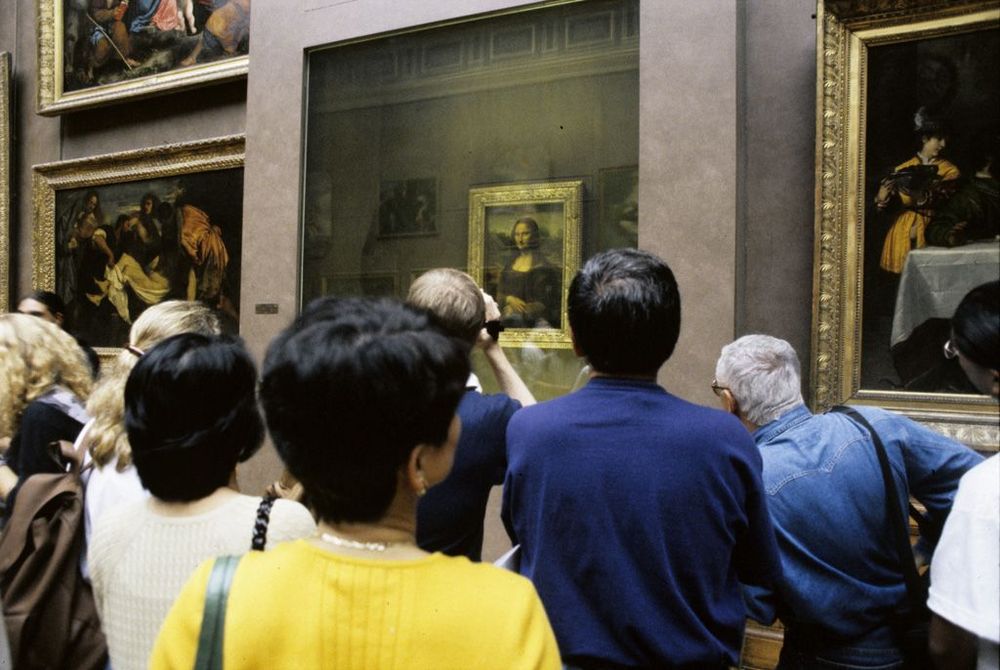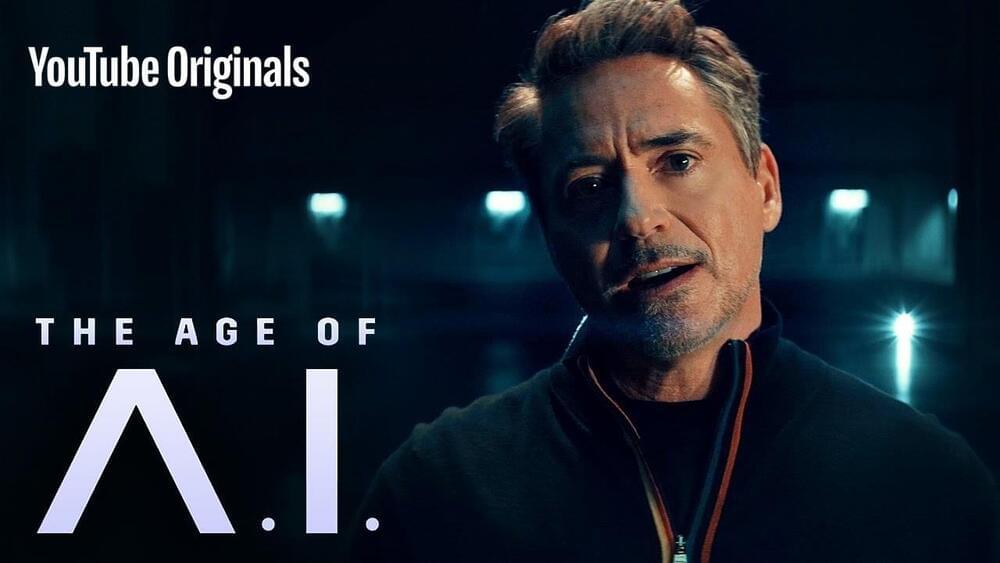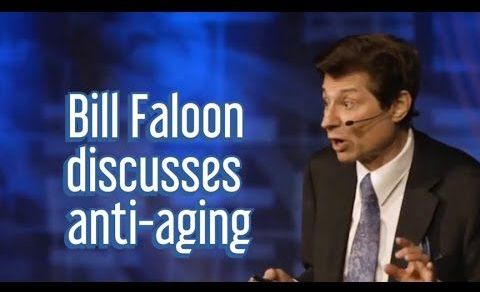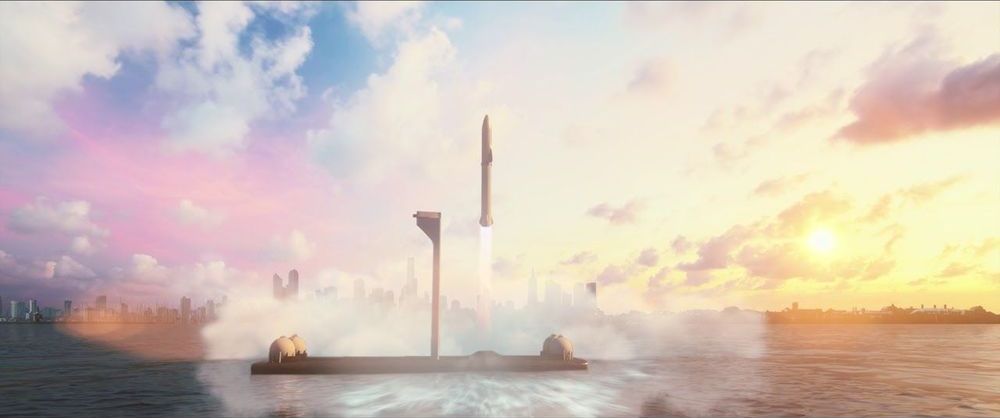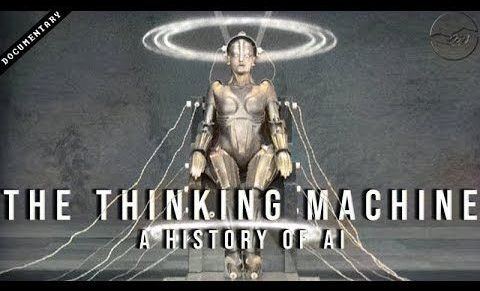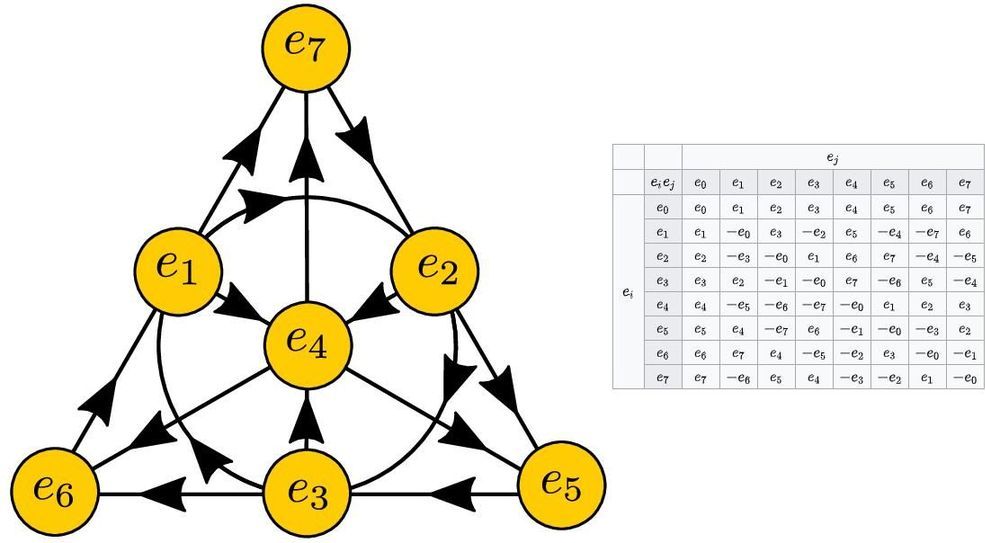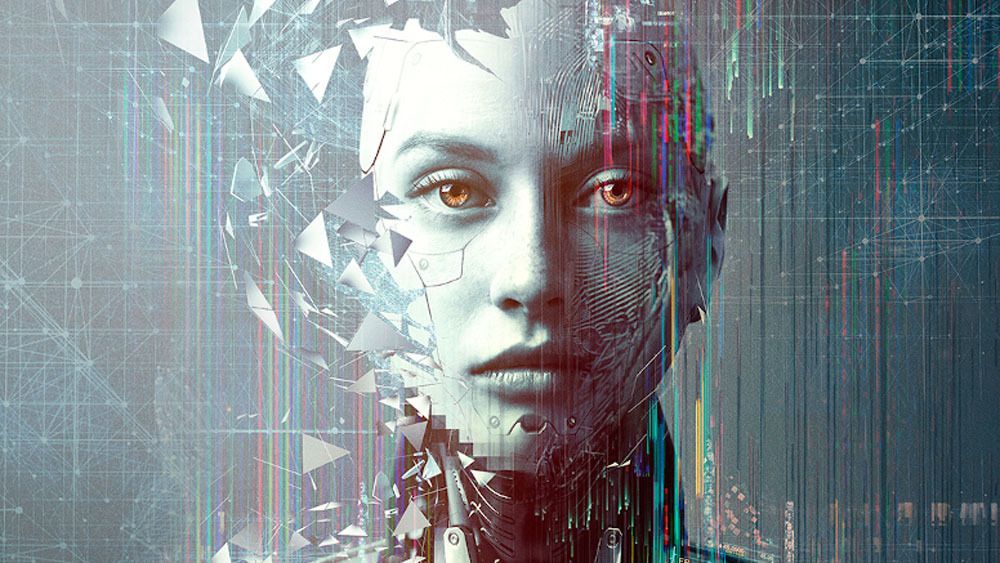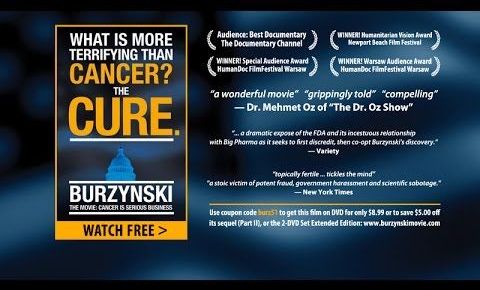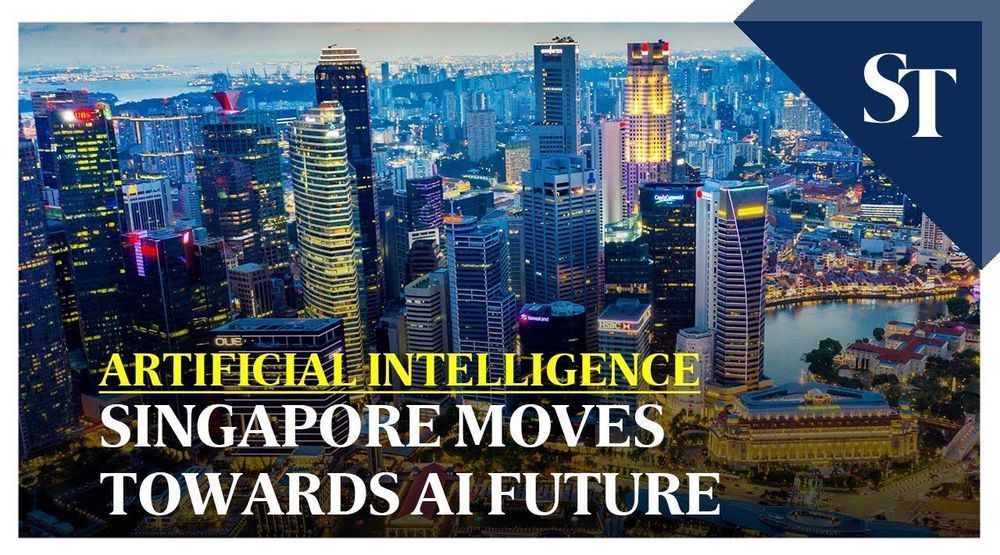White Sands National Monument in New Mexico is now White Sands National Park.
On Friday, President Donald Trump signed the National Defense Authorization Act for Fiscal Year 2020 that, among many other things, stripped away the monument status and upgraded it to “national park.” The 275 square miles of desert filled with gypsum sand dunes in southern New Mexico became the 62nd national park in the federal system.
The act proclaims the establishment of White Sands Park is intended “to protect, preserve, and restore its scenic, scientific, educational, natural, geological, historical, cultural, archaeological, paleontological, hydrological, fish, wildlife, and recreational values and to enhance visitor experiences…”

